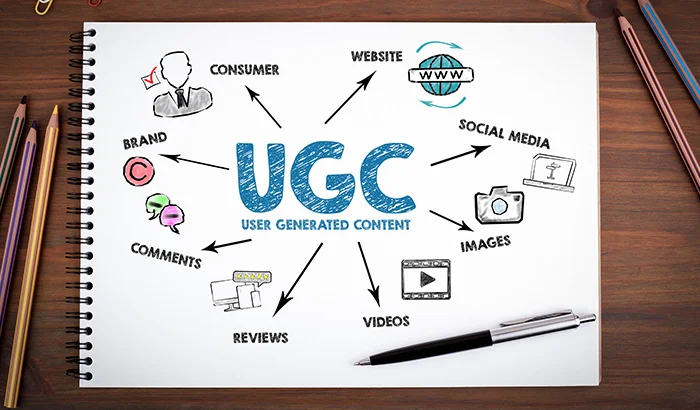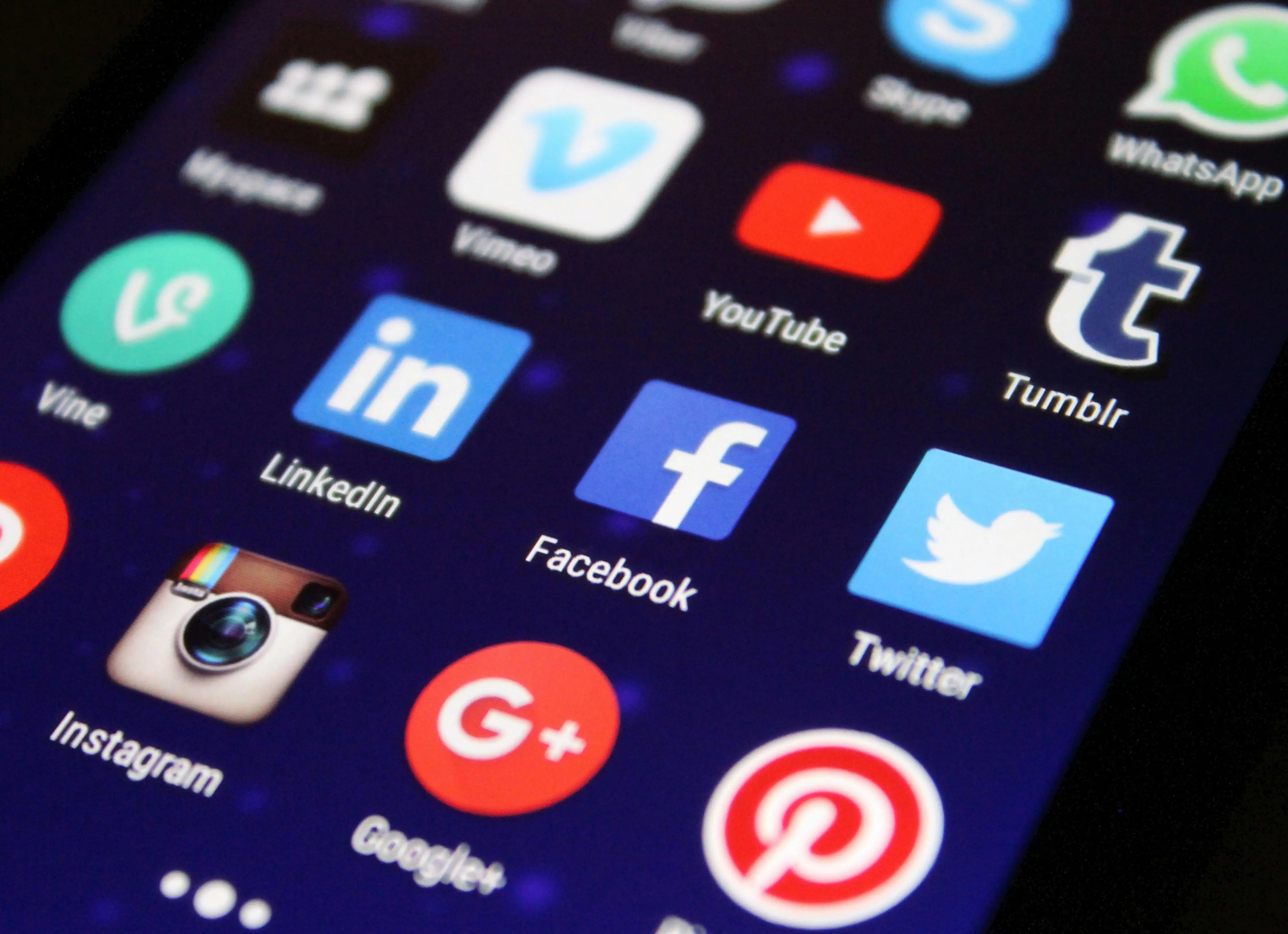Why you're business needs UGC:
With user-generated content marketing, you must build a campaign idea and reach out to people. The issue-made part has been completed for you, and you have more ideas than your team could easily generate on its own. Building trust with your customers is the most important aspect of running a successful business.
Understanding how other persons connect and engage with your brand serves as social proof and allows consumers to develop trust. A simple photo of a product or a review is more effective than any campaign you can design to engage a new consumer.
Customers or leads will want to share their new product with the world if they take a picture of it or produce content for your contest that they really want to engage.
Over the decade, social media has become an extension of our everyday routine, and people enjoy sharing product reviews. User generated content marketing is entertaining, making it simple for anyone to share with their whole network.
Difference between UGC and influencer marketing
While User-Generated Content (UGC) and Influencer Marketing are both powerful strategies in digital marketing, they are quite different in terms of creation, goals, and execution. UGC is content created by the audience your customers, fans, or followers often without compensation, to share their experience or organically promote your brand. It's typically authentic and unpaid. On the other hand, Influencer Marketing involves partnering with individuals who have a large following or influence on social media. Influencers are compensated to promote a brand or product, and the content is often pre-arranged and branded.
Measuring the success of UGC campaigns
Measuring the success of User-Generated Content (UGC) campaigns is critical for understanding their impact on your overall marketing strategy. It's not enough to rely on qualitative observations alone; you need to use specific, quantifiable metrics to gauge how well UGC is working for your brand.
Here are some key metrics to track:
Conversion Rates
Conversion rate measures the percentage of customers who take a desired action after interacting with your UGC—whether it's making a purchase, signing up for a newsletter, or downloading a resource. By tracking conversions from UGC campaigns, you can assess how well the content encourages action and drives tangible sales or sign-ups. For example, a campaign by GoPro asking customers to share their best adventure shots led to higher conversion rates as it directly linked user content to the product's value.
Traffic Analysis
Traffic analysis looks at how UGC drives visitors to your website, as well as where they are in the customer journey. Tools like Path Monk can help identify how UGC posts (from social media or direct links) contribute to web traffic and where these visitors are coming from. For instance, Coca-Cola's personalized bottle campaign generated a significant increase in website traffic as people shared their personalized bottles on social media with links to the website, prompting others to visit.
User Growth and Community Engagement
Tracking user growth such as new followers, subscribers, or site members can give valuable insights into the effectiveness of your UGC campaigns. The success of UGC can often be seen in the increased level of engagement within community platforms. For example, Starbucks's #RedCupContest encouraged users to post photos with their holiday cups, driving a massive increase in social media followers and encouraging engagement with the brand. Metrics to monitor here include the number of new followers gained and the level of engagement (likes, comments, shares) within community platforms after UGC campaigns.
Brand Sentiment & Social Mentions
Another crucial metric is tracking brand sentiment and the volume of social mentions generated by UGC. By using tools like Brand watch or Sprout Social, brands can analyze customer sentiment towards their products or campaigns. High positive sentiment and an increase in social mentions often indicate that the UGC is resonating well with the target audience, as seen in campaigns like Nike's “Just Do It" user-generated posts, which sparked positivity and community interaction around the brand.
While UGC is highly effective, marketers face several challenges:
Quality Control
A key pain point is ensuring the quality and consistency of UGC. Since content is created by users, it may not always align with your brand's messaging or quality standards. For instance, a company like Apple might struggle to maintain high-quality user content that accurately reflects its premium brand image. Ensuring that UGC is on- brand and professional-looking without seeming overly curated can be a delicate balance.
Lack of Engagement or Participation
Another challenge is that generating a high level of user participation can be difficult. Despite offering incentives or running campaigns, some brands, like H&M, may struggle with getting enough users to create content. Encouraging users to participate in UGC campaigns may require extra effort and incentives, such as discounts, contests, or recognition in the brand's social media channels.
Legal & Copyright Concerns
Legal issues can also arise, particularly in how user content is used. Brands need to be cautious about copyright and intellectual property laws when repurposing UGC for marketing campaigns. Clear permissions must be obtained to avoid potential legal disputes. For example, if Nike wanted to use a customer's Instagram post for a commercial ad, it must ensure the user has granted explicit permission, or else face potential legal complications.
Tracking Effectiveness
While UGC can be powerful, one pain point is the difficulty in effectively tracking its ROI. Unlike traditional paid ads, UGC lacks a standardized method for measuring its direct financial impact. The challenge lies in attributing conversions and other valuable actions directly to UGC efforts.
Five user generated content examples of digital marketing:
Nike:
Nike is a leading global brand in sportswear, famous for its innovative athletic shoes and sports apparel.
Nike often identifies real athletes and fitness enthusiasts in its user-generated content. By sharing their stories, Nike showcases the grit and passion of everyday users, making the brand feel inspiring and accessible
Louis Vuitton:
Louis Vuitton is a luxury fashion brand known for its high-end bags, clothing, and accessories. Louis Vuitton encourages customers to share photos of their products on social media. This word-of-mouth marketing allows the brand to showcase its elegance through the eyes of its customers, mixing traditional advertising with personal experience reviews of the customers.
Calvin Klein:
Calvin Klein is a worldwide fashion brand known for its minimalist designs and iconic daily wear.
The #MyCalvins campaign asked customers to share photos wearing Calvin Klein products. The UGC campaigns created a global movement, with royal customers and celebrities posting pictures, helping the brand reach a massive audience.
Lay's:
Lay's is India's competitive snack market with a well-rounded strategy of local flavor adaptation, extensive distribution, affordable pricing, and fresh campaigns that resonate with young consumers
# Lay's Do Us a Flavor, this is a globally established campaign from potato chip brand Lay's. It gets participants to submit ideas for the next popular chip flavor, and the winner is showcased in the store for a year
Dove:
Dove's iconic Beauty Bar, which is used to make skin feel clean, soft, and smooth.
Dove's #Real Beauty campaign empowered customers to share photos of themselves. By embracing UGC, Dove not only published its brand message but also connected with consumers on a deeper level, earning their trust and loyalty.
Users involvement in content creation:
User-generated content marketing (UGC) is an effective tool in digital marketing, enhancing brand visibility and customer engagement. RND OptimizAR, with its expertise in digital marketing and web development, can help businesses leverage UGC to boost brand awareness, increase conversions, and build customer loyalty. Through social media campaigns and creative strategies, RND OptimizAR ensures businesses effectively integrate UGC for optimal results













